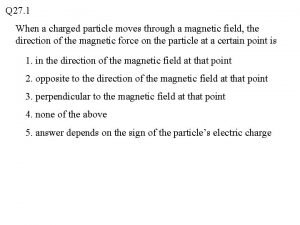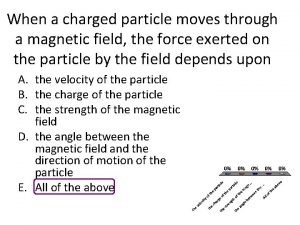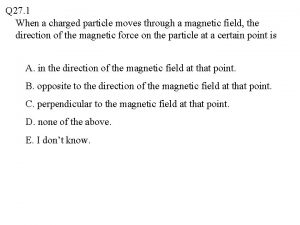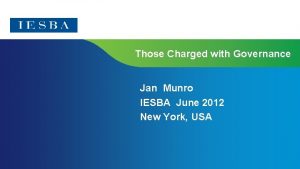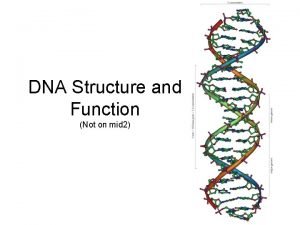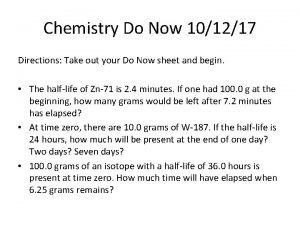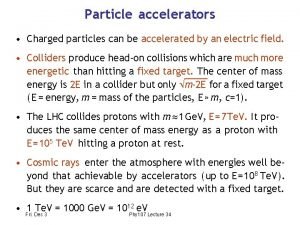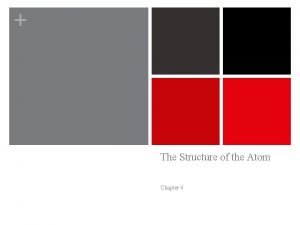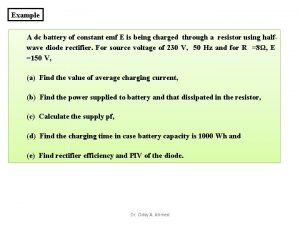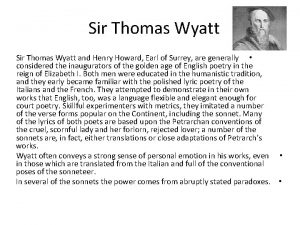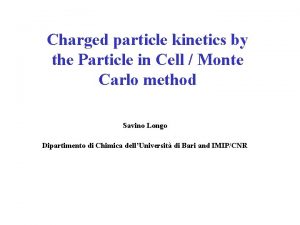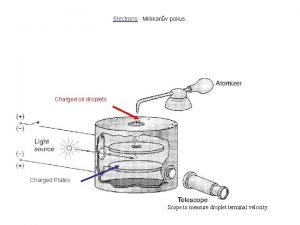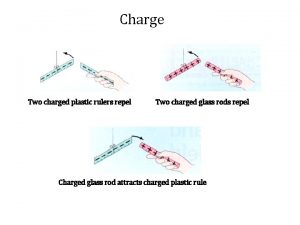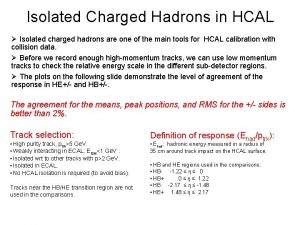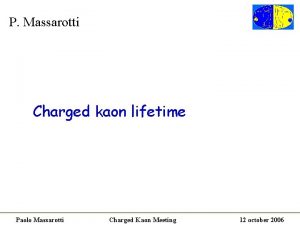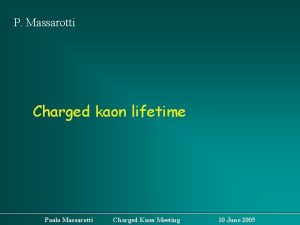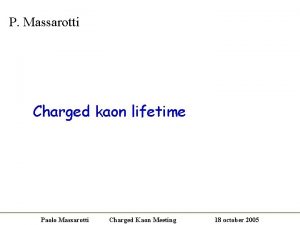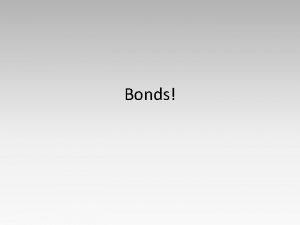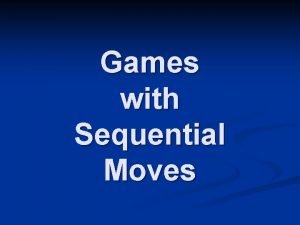Q 27 1 When a charged particle moves












- Slides: 12

Q 27. 1 When a charged particle moves through a magnetic field, the direction of the magnetic force on the particle at a certain point is 1. in the direction of the magnetic field at that point 2. opposite to the direction of the magnetic field at that point 3. perpendicular to the magnetic field at that point 4. none of the above 5. answer depends on the sign of the particle’s electric charge

A 27. 1 When a charged particle moves through a magnetic field, the direction of the magnetic force on the particle at a certain point is 1. in the direction of the magnetic field at that point 2. opposite to the direction of the magnetic field at that point 3. perpendicular to the magnetic field at that point 4. none of the above 5. answer depends on the sign of the particle’s electric charge

Q 27. 2 Under what circumstances is the total magnetic flux through a closed surface positive? 1. if the surface encloses the north pole of a magnet, but not the south pole 2. if the surface encloses the south pole of a magnet, but not the north pole 3. if the surface encloses both the north and south poles of a magnet 4. none of the above

A 27. 2 Under what circumstances is the total magnetic flux through a closed surface positive? 1. if the surface encloses the north pole of a magnet, but not the south pole 2. if the surface encloses the south pole of a magnet, but not the north pole 3. if the surface encloses both the north and south poles of a magnet 4. none of the above

Q 27. 3 When a charged particle moves through a magnetic field, the trajectory of the particle at a given point is 1. parallel to the magnetic field line that passes through that point 2. perpendicular to the magnetic field line that passes through that point 3. neither parallel nor perpendicular to the magnetic field line that passes through that point 4. any of the above, depending on circumstances

A 27. 3 When a charged particle moves through a magnetic field, the trajectory of the particle at a given point is 1. parallel to the magnetic field line that passes through that point 2. perpendicular to the magnetic field line that passes through that point 3. neither parallel nor perpendicular to the magnetic field line that passes through that point 4. any of the above, depending on circumstances

Q 27. 4 A charged particle moves through a region of space that has both a uniform electric field and a uniform magnetic field. In order for the particle to move through this region at a constant velocity, 1. the electric and magnetic fields must point in the same direction 2. the electric and magnetic fields must point in opposite directions 3. the electric and magnetic fields must point in perpendicular directions 4. answer depends on the sign of the particle’s electric charge

A 27. 4 A charged particle moves through a region of space that has both a uniform electric field and a uniform magnetic field. In order for the particle to move through this region at a constant velocity, 1. the electric and magnetic fields must point in the same direction 2. the electric and magnetic fields must point in opposite directions 3. the electric and magnetic fields must point in perpendicular directions 4. answer depends on the sign of the particle’s electric charge

Q 27. 5 A circular loop of wire carries a constant current. If the loop is placed in a region of uniform magnetic field, the net magnetic force on the loop is 1. perpendicular to the plane of the loop, in a direction given by a right-hand rule 2. perpendicular to the plane of the loop, in a direction given by a left-hand rule 3. in the same plane as the loop 4. zero 5. answer depends on the magnitude and direction of the current and on the magnitude and direction of the magnetic field

A 27. 5 A circular loop of wire carries a constant current. If the loop is placed in a region of uniform magnetic field, the net magnetic force on the loop is 1. perpendicular to the plane of the loop, in a direction given by a right-hand rule 2. perpendicular to the plane of the loop, in a direction given by a left-hand rule 3. in the same plane as the loop 4. zero 5. answer depends on the magnitude and direction of the current and on the magnitude and direction of the magnetic field

Q 27. 6 A circular loop of wire carries a constant current. If the loop is placed in a region of uniform magnetic field, the net magnetic torque on the loop 1. tends to orient the loop so that its plane is perpendicular to the direction of the magnetic field 2. tends to orient the loop so that its plane is edge-on to the direction of the magnetic field 3. tends to make the loop rotate around its axis 4. is zero 5. answer depends on the magnitude and direction of the current and on the magnitude and direction of the magnetic field

A 27. 6 A circular loop of wire carries a constant current. If the loop is placed in a region of uniform magnetic field, the net magnetic torque on the loop 1. tends to orient the loop so that its plane is perpendicular to the direction of the magnetic field 2. tends to orient the loop so that its plane is edge-on to the direction of the magnetic field 3. tends to make the loop rotate around its axis 4. is zero 5. answer depends on the magnitude and direction of the current and on the magnitude and direction of the magnetic field
 When a charged particle moves in a region of magnetic field
When a charged particle moves in a region of magnetic field Magnetic
Magnetic F=i(lxb)
F=i(lxb) A particle with a positive charge moves in the xz plane
A particle with a positive charge moves in the xz plane Charged
Charged Amino
Amino Dna negative charge
Dna negative charge Positively charged atom
Positively charged atom Charged particles can be accelerated by
Charged particles can be accelerated by Radiation deflected toward the negatively charged plate
Radiation deflected toward the negatively charged plate A battery is of emf e is being charged
A battery is of emf e is being charged Wyatt my galley
Wyatt my galley My galley charged with forgetfulness
My galley charged with forgetfulness
